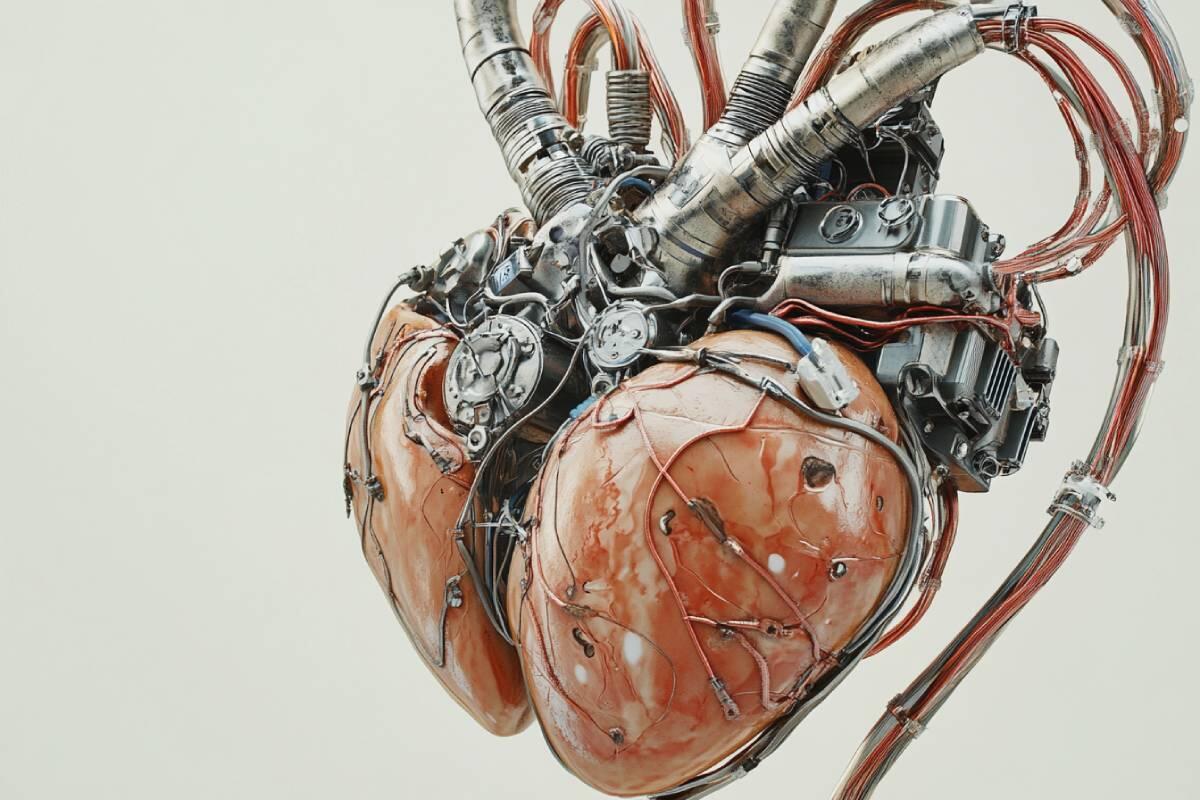Artificial Heart: The Technological Revolution That Saves Lives
For centuries, the heart has been considered the center of emotions and life, but it has also become a symbol of medical innovation. The creation of the artificial heart represents one of the greatest milestones in modern medicine, offering hope to patients with terminal heart failure, who often face long waiting lists for transplants.
This article explores the fascinating journey of artificial heart development, its functionality, recent advances, challenges, and future possibilities.
What Is an Artificial Heart?
An artificial heart is a mechanical device designed to replicate the blood-pumping function of the human heart. It can be used as a temporary solution – while the patient awaits a transplant – or as a permanent alternative when transplantation is not feasible.
This technology emerged as a response to the increasing cases of severe heart failure, a condition that affects millions of people worldwide and is often untreatable with just medications or conventional surgeries.
There are two main types of devices:
✔ Ventricular Assist Devices (VADs): Designed to help one of the ventricles (usually the left) pump blood efficiently. These are used as a bridge to transplant or as long-term support for patients who cannot undergo transplantation.
✔ Total Artificial Hearts (TAHs): Completely replace the human heart and take over all its pumping functions. These devices are more complex and are typically used in patients with advanced terminal heart failure.
History of the Artificial Heart
The idea of creating a mechanical device to replace the human heart began to take shape in the 20th century, driven by advancements in cardiac physiology and biomedical engineering.
The first major milestone was the Jarvik-7, implanted in 1982 in patient Barney Clark, who survived 112 days after the procedure. Although survival was short, this historic achievement paved the way for safer and more effective technologies.
In Brazil, the Instituto do Coração (InCor) has played a crucial role in advancing this technology. Since the 1990s, InCor has been working on developing ventricular assist devices and artificial hearts. In 2013, it created the first pediatric artificial heart in Latin America, demonstrating the ability to adapt this technology for different patient profiles.
How Does an Artificial Heart Work?
An artificial heart uses mechanical pumps to move blood throughout the body.
📌 Ventricular Assist Devices (VADs): Help the heart pump blood more efficiently.
📌 Total Artificial Heart (TAH): Completely replaces the human heart.
These devices are powered by external energy sources, usually connected by cables that pass through the patient’s body.
The mechanism is designed to mimic the natural rhythm of the heart, using sensors that monitor pressure and blood flow, automatically adjusting the pumping according to the body’s needs, such as during physical activity.
Recent Advances
Advances in biotechnology and engineering have led to the creation of more durable, efficient, and less invasive devices.
🔹 Biocompatible Materials: Help reduce rejection and infection risks.
🔹 Carmat Artificial Heart (France): Uses advanced sensors and a biological coating, making it more similar to a human heart.
🔹 3D Printing: Allows for the manufacturing of customized parts, tailored to each patient’s anatomical features.
In Brazil, InCor continues to lead the way, developing lower-cost devices to meet the needs of the public healthcare system.
Challenges and Limitations
Despite significant progress, artificial hearts still face challenges:
✔ High Cost: Devices can cost hundreds of thousands of dollars, limiting accessibility.
✔ Medical Complications: Risks include blood clot formation, infections, and mechanical failures.
✔ Psychological Impact: Living with a mechanical device instead of a natural heart can be emotionally challenging for some patients.
Impact on Patients' Lives
For many, an artificial heart represents a new chance at life. It not only extends survival but also improves quality of life. Patients who were once confined to hospital beds can now resume daily and even professional activities.
Success stories have inspired new research and strengthened trust in technology. However, it is crucial that patients receive care from multidisciplinary teams to ensure the best possible outcomes.
The Future of Artificial Hearts
The future of this technology promises to be even more revolutionary:
✔ Fully implantable, wireless devices, eliminating external connections.
✔ Integration with artificial intelligence, allowing real-time automatic adjustments.
✔ Hybrid hearts that combine mechanical engineering with human cells, reducing rejection risks.
✔ 3D-printed organs, a concept still in its experimental stage but with enormous potential.
Conclusion
The development of artificial hearts is a remarkable example of human innovation in overcoming biological limitations.
📌 Despite the challenges, this technology is transforming lives, offering hope to patients with severe heart disease.
📌 With ongoing research and technological advancements, it is possible that in the future, artificial hearts will no longer be just an emergency solution but become a standard option in modern cardiology.
Sources Used
🔹 Scielo - Artificial Heart
🔹 Journal of Cardiovascular Surgery
🔹 Jornal USP - New Technique from InCor
🔹 Saúde Abril - Promising Results
